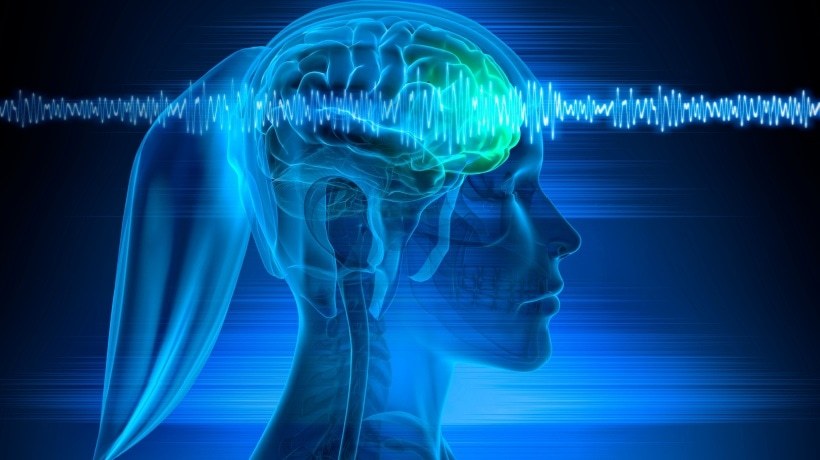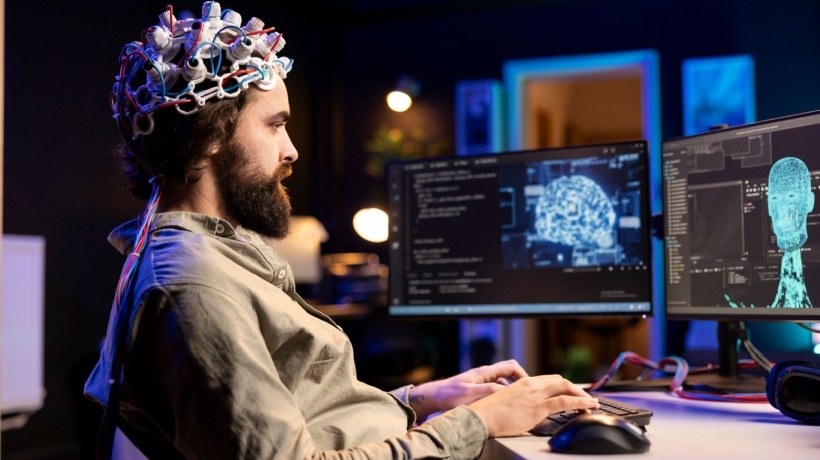fromWIRED
5 days agoFormer Neuralink Exec Launches Organ Preservation Effort
Alameda, California-based Science is aiming to improve on current perfusion systems that continuously circulate blood through vital organs when they can no longer function on their own. The technology is used to preserve organs for transplant and as a life-support measure for patients when the heart and lungs stop working, but it's clunky and costly. Science wants to make a smaller, more portable system that could provide long-term support.
Science







